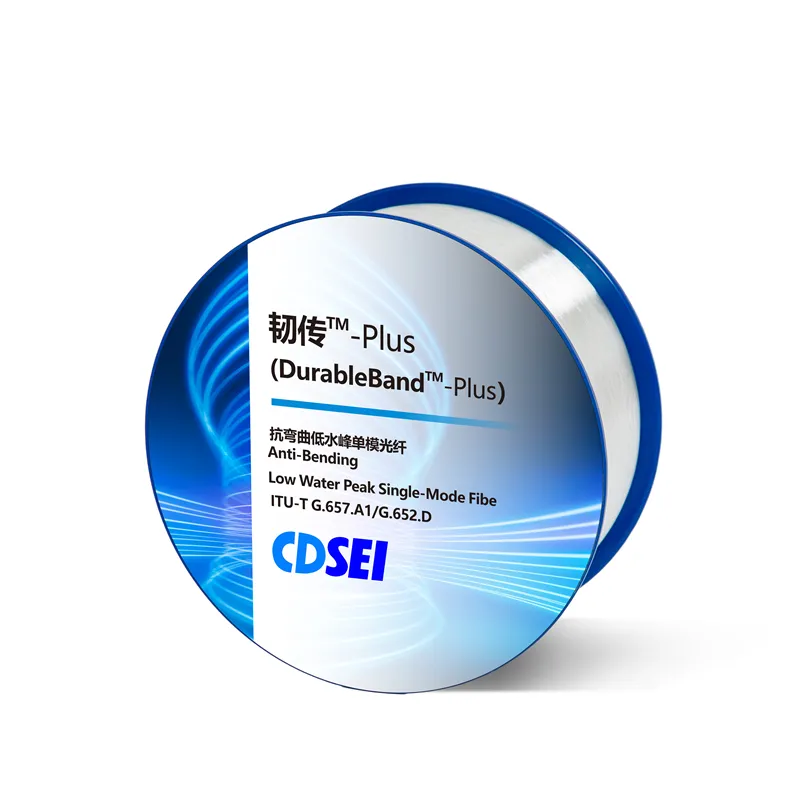Bend Insensitive Fiber vs Standard SMF
Over the last few years, fiber optic technology has improved significantly. Bend Insensitive Fiber is the most common type of fiber optic cable, along with Standard Single Mode Fiber (SMF). These cables differ quite a lot in significant aspects, which is why Bend Insensitive Fiber is the better solution for communications today.
Bend Insensitive Fibre means tight bends and twists without signal loss. So this is super important when it comes to cables having to move through tight spaces, rounded corners, etc. When Standard SMF is bent, it can lose signal strength, which in turn can lead to issues with data and slow down connections.
The future of Fiber Optic technology – Bend Insensitive Fiber
This is where Bend Insensitive Fiber comes into play, which ensures maximum signal strength even under severe bending. It assists in communication networks using fiber optic cables. This technology allows for cables to be routed and installed in more flexible manners, resulting in faster and more reliable connections. Furthermore, Bend Insensitive Fiber can reduce maintenance expenses since no cable replacement is necessary due to bending damage.
The 10th reasons why Standard SMF is becoming obsolete
The use of Standard SMF is declining as Bend Insensitive Fiber becomes more widely used. Flexibility and strength are not very compatible with traditional Safe Mobile Framework (SMF) which either bends or twists, which doesn't serve to the requirements of flexibility required by today's enterprises. Bend Insensitive Fiber is also better and more reliable, making it the favorite option that most companies should look at when working on network upgrades.
Use Bend Insensitive Fiber for better performance
If you need to upgrade your communication technologies, including the technology itself, you need Bend Insensitive Fiber. Switching old Standard SMF cables to a Bend Insensitive Fiber allows organizations to have fiber fiber optic faster connection speeds, less signal loss, as well as more variety in their cable routing practices. Not only do the benefits make the network operate more efficiently, but they also enhance the end-user experience.
Bend Insensitive Fiber is undoubtedly the superior and longer-lasting option making it the ideal choice for contemporary communication networks. With our Bend Insensitive Fiber, companies can future-proof their networks and remain competitive in today's rapidly evolving communication space. Bend Insensitive Fiber, with its new technology, and many advantages, is transforming the way we think about fiber optic communication.
Comments
Post a Comment